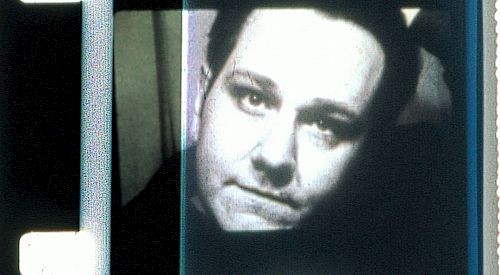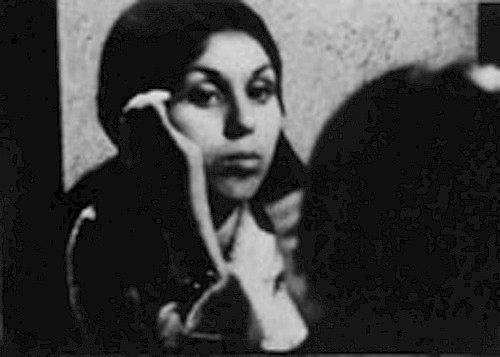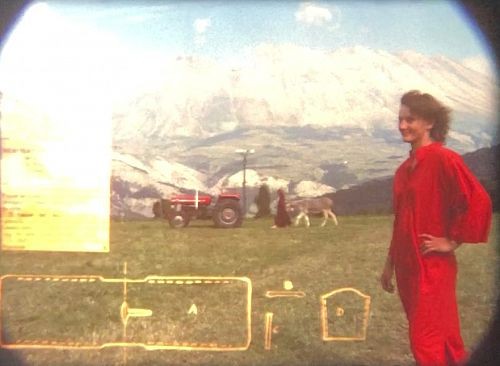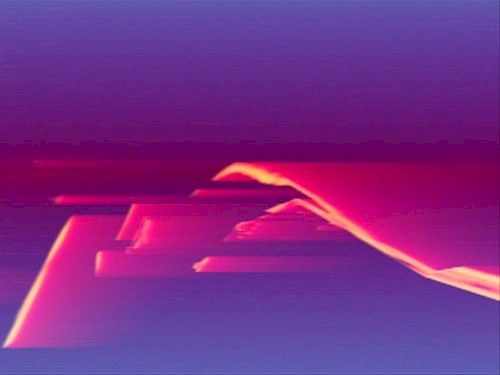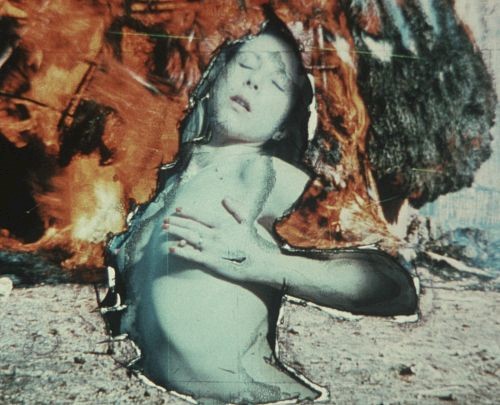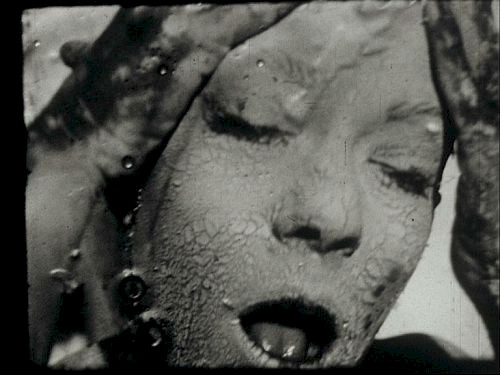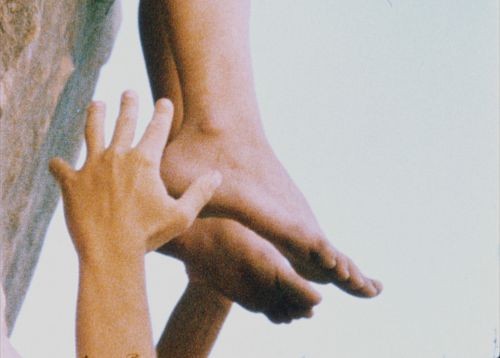The films of the founders of the Collectif Jeune Cinéma, Marcel Mazé, Noël Burch, Raphaël Bassan, Yves-André Delubac, Luc Moullet, exist along those of personalities who were involved in the creation of the CJC such as Marguerite Duras. Those who have accompanied its development with their writings, notably Dominique Noguez, or who are still present today, such as Anielle Weinberger who found a copy of Yves-André Delubac’s Chant des signes. Their films were part of a post-New Wave French tradition that aimed to try to (de)construct a “different kind of film”, oscillating between autobiography, fiction and testing cinema’s boundaries. Even if not all the films were conceived at the time of the birth of the CJC, they carry within them something of the independent cinema of the time: how to create a film differently, by its duration, by the form of the narrative, of the editing, by the power or absence of the word.
Two main axes meet: one that has to do with memory, all memories (Le Litre de lait, Luc Moullet), Una Vita (Dominique Noguez) and Césarée (Marguerite Duras). The memory summoned is personal, linked to the filmmaker, as in Moullet and Noguez, even if the former uses, as usual, a quirky and tongue-in-cheek fiction and the latter a montage of photos of himself running from childhood to maturity. But Moullet also evokes his youth, through an adventure that disturbed him and that he kept secret until the death of his mother: how will his teenage alter ego go, in fiction, to the shopkeeper whose husband was fooling around with his mother? As for Duras, she deploys a mise en abyme of historical memory: that of the statues from the late 1970s, filmed in Paris, some of them undergoing renovation, whose images echo the filmmaker’s voice-over evoking the memory of Berenice, the queen of the Jews, once chased away by Titus. And the memory of a Paris 1979, already an archive in itself.
The other major axis, particularly prevalent at the time, was to tell, to describe, to dismantle or reassemble the mechanisms of cinematographic creation. Raphaël Bassan evokes a day of shooting, the tests can be taken for a minimal fiction. Is an actress slowly putting on make-up a fiction or a ready-to-shoot ? (Prétextes). Marcel Mazé, contrary to other filmmakers, highlights a single parameter: the questioning of the depth of field by the technique of focusing the lens. From his characters in search of focus, the spectator does not fail to look for the book by Woody Allen read by one of the actresses (Focalises).
The most radical film in this category is Yves-André Delubac’s Le Chant des signes - specially restored for this screening - which brings out, from the very word, but with difficulty and after long black shots, an image that reappears and multiplies. This short film, which makes maximum use of the black screen, could pass for an experimental film, but it is not experimental in the sense that we give it. It is a “theoretical and rhetorical work” on the difficult birth of an image that extracts itself from the black. Nothing to do with Kubelka or Frampton. It’s a film that comes directly from what one could read in Cinéthique or Cahiers at the time. This appearance of the image is like a Caesarean section from the text.
In Jemina, daughter of the mountains, Anielle Weinberger shows the cinema as a great illusion: from the literary cliché of F. Scott Fitzgerald to the illusory femininity of the Hollywood star-woman. Alternating black and white and color, playing with the soundtrack and the images or tricking the dollies with impressing panoramas. A playful de-construction/reconstruction.
If the films of Duras, Delubac, Moullet and Weinberger are films in which the word (that of the artist in voice-over) is paramount and produces meaning, the films of Bassan, Noguez, Mazé are devoid of words, but are conceived “musically”, Mazé’s is even silent. Noël Burch’s Noviciat is a talking film (like Moullet’s, though very different), the oldest and most sophisticated of this session. It is an S&M tale that is also an apprenticeship film whose anti-hero - André S. Labarthe - is a man of the eye, future head of the “Cinéastes de notre temps” series.
- Raphaël Bassan and Annielle Weinberger





